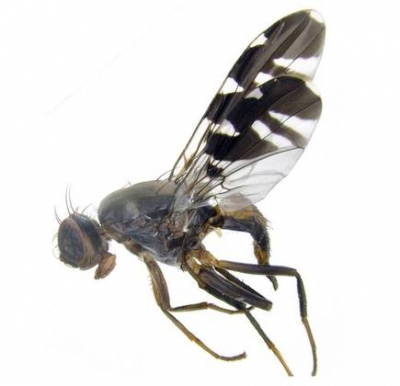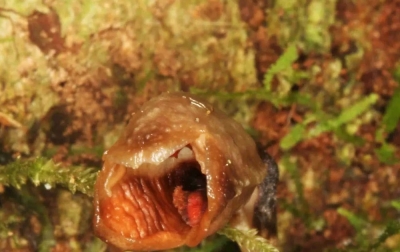Which fruit fly created a buzz with its maiden?

A fruit fly has created a buzz with its maiden show in Siruvani, a biodiversity hotspot of the Western Ghats. It turns out to be a new species that has been reported, named, and documented for the first time ever. The fruit fly is now scientifically named as Euphranta siruvani, after the place where it was first collected.
This fruit fly is differentiated from the other species of Euphranta by the presence of a ‘V’ shaped black band on the wing and prominent subapical band connected to the apical black patch, says the paper authored by K.J. David and K. Sachin from National Bureau of Agricultural Insect Resources, Bengaluru, D.L. Hancock from the UK, Sudhir Singh from Forest Research Institute, Dehradun and H. Sankararaman from Annamalai University.
A species can be named after the ‘type locality’ (the place from where the holotype was collected), a specific characteristic feature, after the collector or after an eminent taxonomist for his contributions. In this case, they chose the place, a thriving ecosystem of rich fauna and flora and also the source of drinking water for Coimbatore.
The study of fruit flies is important for the agricultural economy, as they infect mangoes, melons, gourds, and guavas, says Sankararaman. “It lays eggs in fruits and the larvae feed on the pulp. We are yet get insights about the biology of the species discovered in Siruvani.”
Picture Credit : Google
